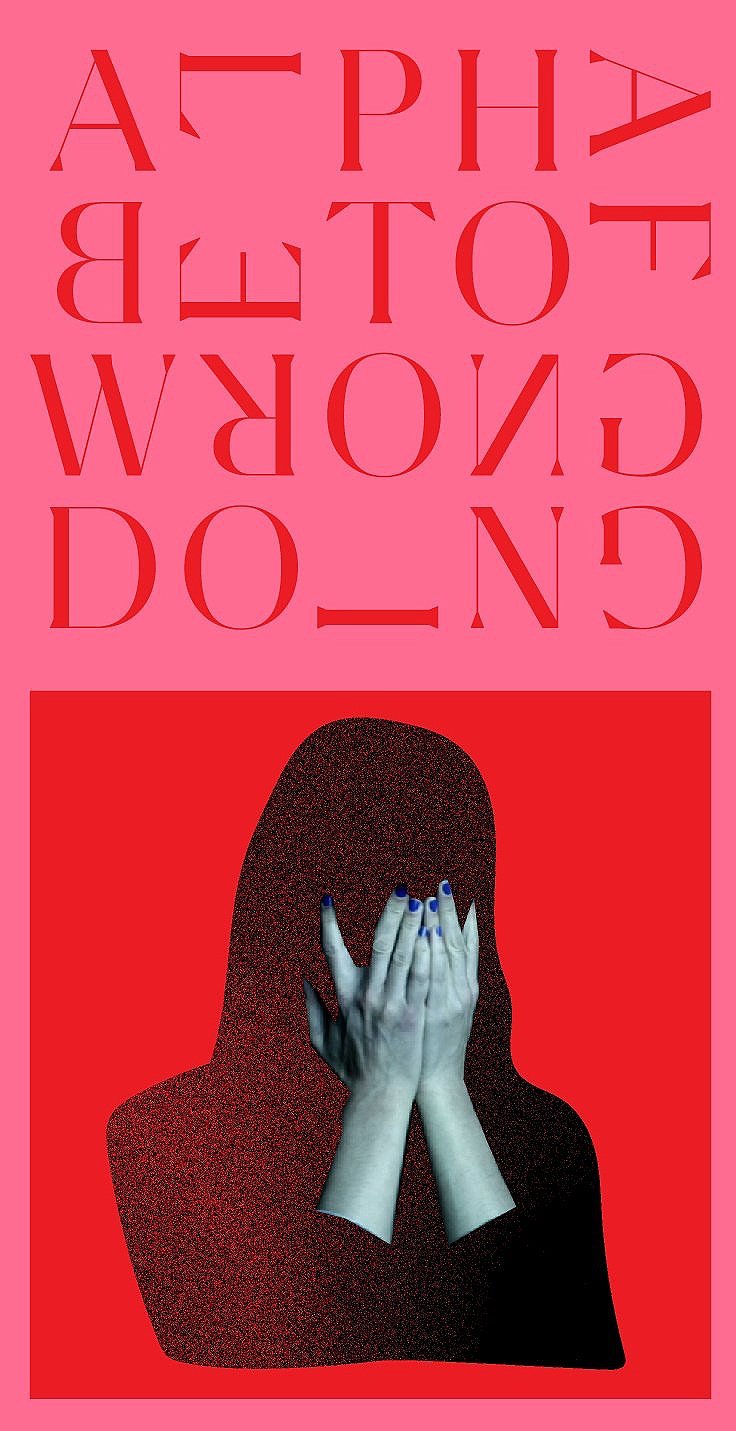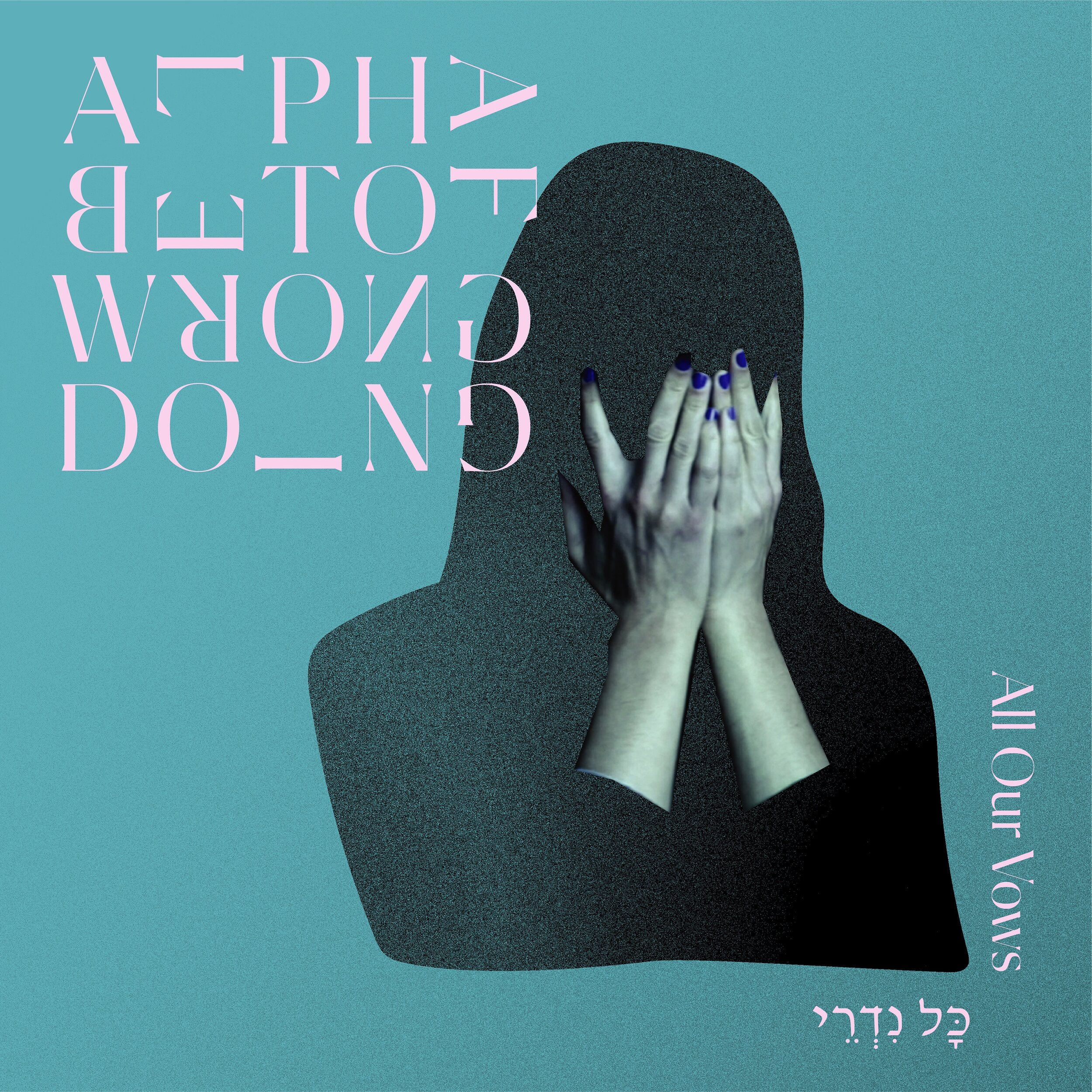All Our Vows - Kol Nidre
כָּל נִדְרֵי 🕊🕊🕊
The second single from Alphabet of Wrongdoing.
Kol Nidre is for challenging junctures, when you have more questions than answers. It is an Aramaic text recited on the eve of Yom Kippur — a legal declaration that annuls all the vows we made to ourselves or to God in the past year that we could not fulfill. We sing the words aloud because ‘Words that are written . . . may fold away and disappear. Only the spoken word is not sealed, folded, occult or undemocratic.’ (From Anne Carson’s Eros the Bittersweet)
The Cantor, Flanked by Torah scrolls held aloft as symbolic witnesses, recites the prayer three times in a row with increasing intensity as all those present become emboldened in their resolve to transform themselves.
This piece insists that we deserve the dignity of a clean slate, even if we have missed the mark. According to Jewish tradition, Kol Nidre does not recuse us from the work of untying the knots we have made with others — if we have harmed another person, we must approach that person directly to make amends. If we try three times and the person’s heart will not budge, we can let it go. Kol Nidre is a cloud that floats near us, always ready to rain on us if we become lazy or neglectful towards our authenticity.
One year as an undergraduate, when I had no desire to be in community for Yom Kippur, I took every version of Kol Nidre out of the Wesleyan music library and listened in my attic studio while I fasted. Anthony Braxton’s version was a standout.
Credits:
Traditional Music
Performed by
Daniela Gesundheit (vocals)
Dan Goldman (acoustic guitar, clavinet, synth)
Alex Lukashevsky (vocals)
Sarah Pagé (harp)
Jason Sharp (saxophone)
Produced by
Daniela Gesundheit
Dan Goldman
Recorded by
Dan Goldman
Nicolas Pétrowski
Leon Taheny
Mixed by
Dan Goldman
Mastered by
David Travers-Smith
Cover Design by
Brankica Harvey
Ken Deegan
Photo by
Dawn Garcia
Recorded with the assistance of a Canada Council for the Arts Concept to Realization Grant
-
Daniela Gesundheit

